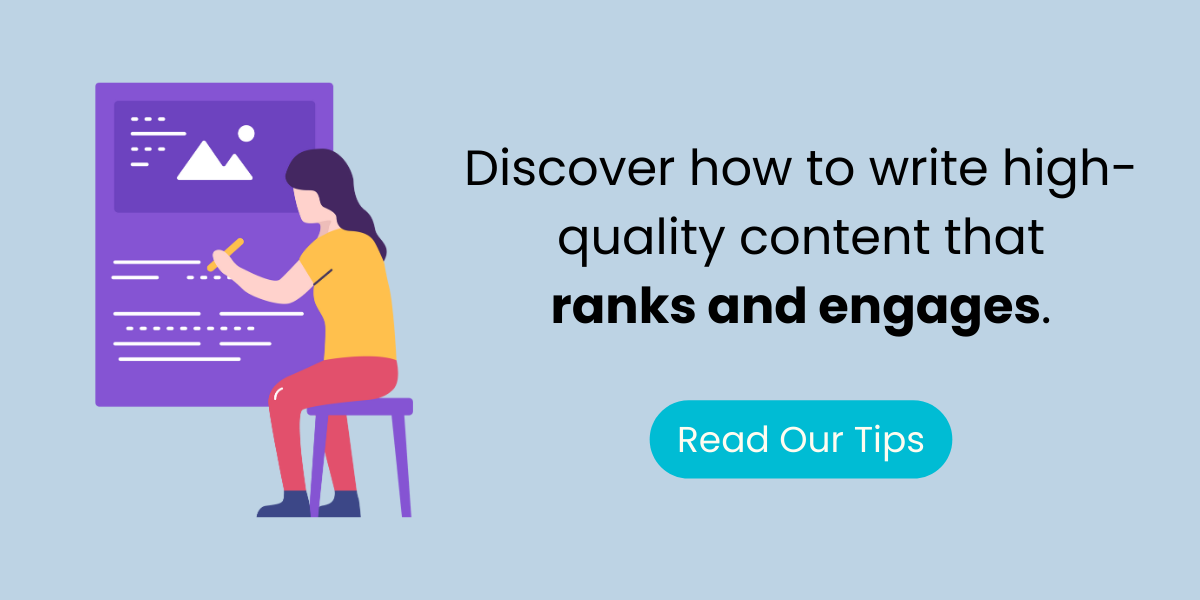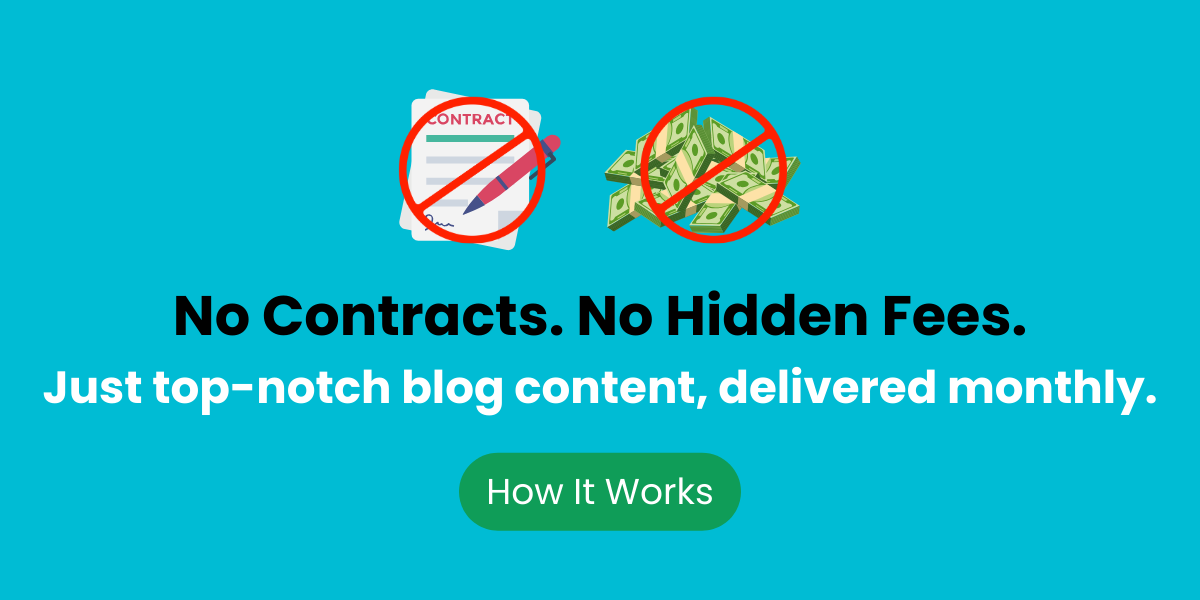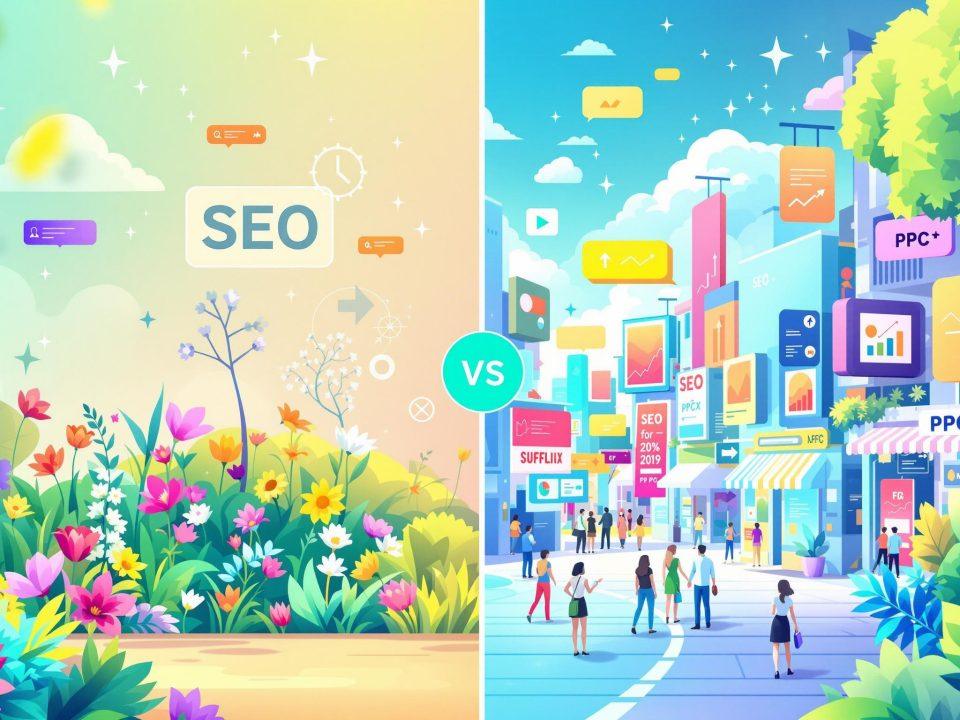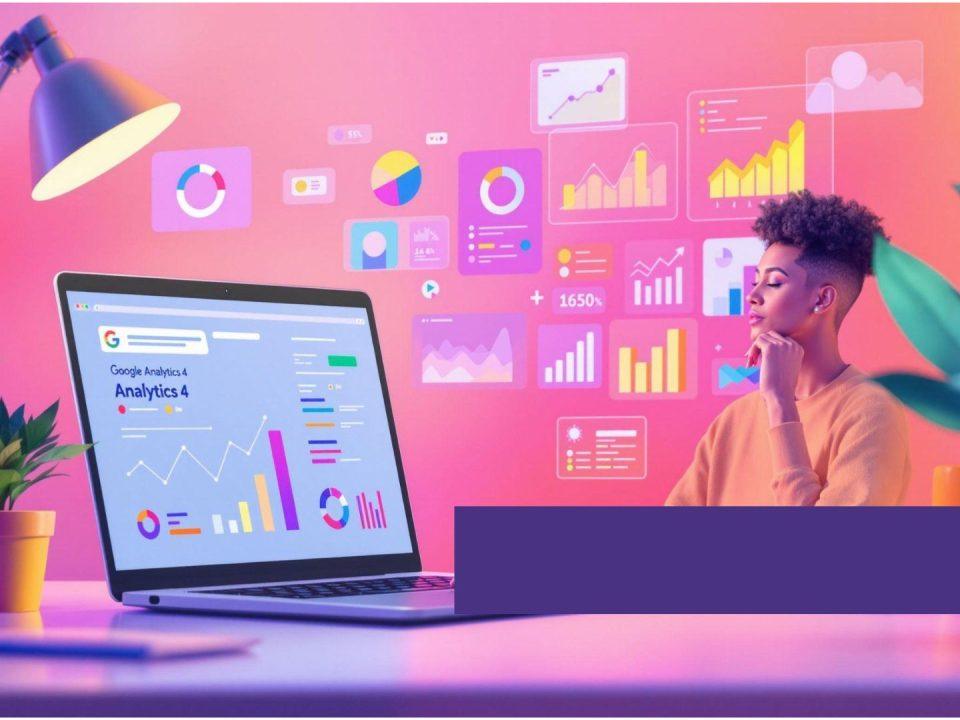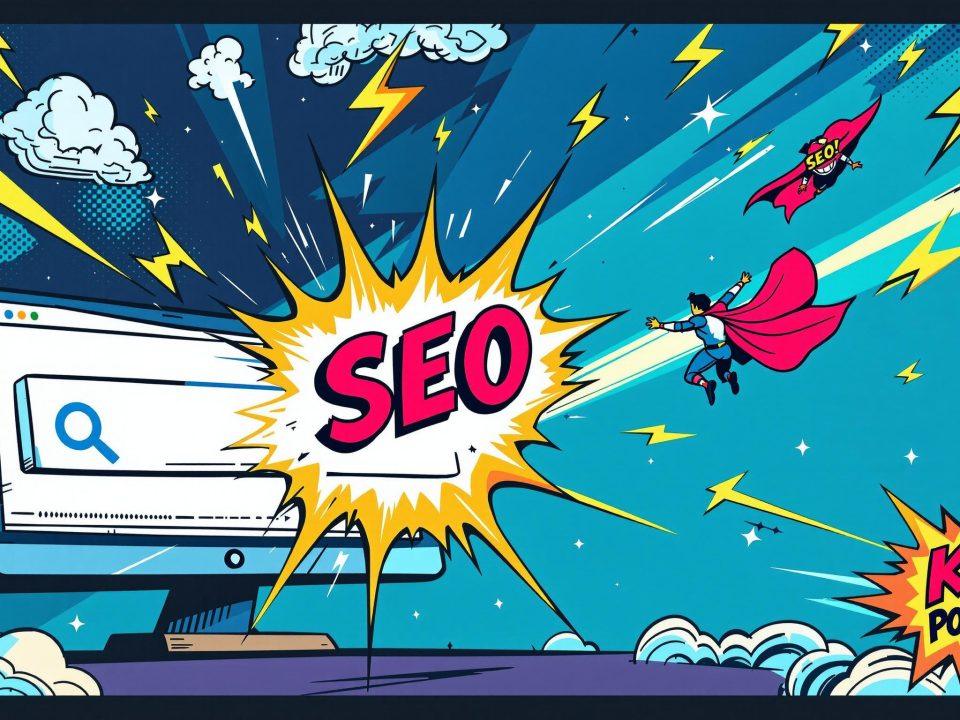Attracting new customers is one of the most essential aspects of running a successful business. While traditional advertising and sales tactics might come to mind first, there’s a better way to draw in your ideal clients – inbound marketing. Rather than chasing after customers with disruptive techniques like cold calling or intrusive banner ads, inbound marketing flips the script. It involves captivating, converting, and ultimately delighting individuals who are actively searching for the products or services you offer. Intrigued? With inbound marketing, you become a trusted advisor who just “gets it”. You provide answers, not annoyances.
What is Inbound Marketing?
Inbound marketing focuses on naturally attracting prospective clients by providing valuable content tailored to their needs. Think blog post articles addressing their biggest challenges, informative ebooks providing expert insights, engaging social media interactions building a sense of community, or compelling videos that break down complex concepts into easily digestible bites. Instead of interrupting their day, you’re establishing a foundation of trust and authority. This gently guides them towards choosing you as their go-to solution.
Why Should Your Business Care?
In a world where consumers are increasingly adept at filtering out irrelevant messages, only 2.5% of cold calls yield success . Is that enough to make your business successful? Probably not. But, word-of-mouth marketing is different. It continues to be one of the most effective marketing strategies, generating a 30% higher conversion rate compared to traditional outbound techniques. Referrals, in a way, are the purest form of inbound marketing—earned, not forced.
But getting those organic referrals requires a shift in thinking. Inbound marketing seamlessly integrates aspects like content marketing, search engine optimization (SEO), social media engagement, and email marketing, all orchestrated around your ideal customer’s journey. This creates a well-rounded inbound marketing campaign.

How Marketing Automation Helps Inbound Marketing
Think about inbound marketing like this: it’s fishing instead of hunting. You want to attract customers to you, not chase them down. That means creating helpful, engaging content that gets their attention and makes them want to learn more.
But what if you could reel in those leads on autopilot? That’s where marketing automation comes in. And, there are fantastic platforms that support both inbound marketing and outbound marketing efforts.
That can include hyperpersonalized emails to people based on their interests, or your website dynamically surfacing content based on the visitor. Or, picture your website showing different content depending on who’s visiting. That’s the magic of marketing automation for inbound marketing.
The 4 Stages of the Inbound Marketing Strategy
Intrigued? To wrap your head around the framework, think of these four stages, each one a stepping stone leading towards lasting, mutually-beneficial relationships:
1. Attract
Instead of blanketing the masses with generic messages, zero in on attracting the right prospects–those likely to truly value your offerings. Creating relevant content that answers their questions is essential during this stage. By researching SEO keywords and understanding what they’re actively seeking, you tailor your content to show up in their search results. This will help generate leads and grow your small business.
| Content Type | Inbound Marketing Strategy |
|---|---|
| Blog Posts | Answer frequently asked questions, delve into industry trends, share customer success stories, and provide practical tips and how-tos. |
| Ebooks & Guides | Offer in-depth analyses on key topics, present solutions to specific challenges your audience faces, compile helpful resources, and give actionable advice backed by research or case studies. |
| Infographics & Visuals | Translate complex data into easy-to-understand imagery, create engaging visuals that present your unique value proposition, and share data that supports your key messages in a visually appealing way. |
| Videos | Offer tutorials on how to use your product, showcase real customer testimonials, answer FAQs in a dynamic way, host live Q&A sessions with industry experts, and explain complex topics with clarity. |
2. Engage
Attracting visitors is just the beginning. Now, it’s time to engage. To make inbound marketing work, the content should seamlessly integrate calls-to-action. Since your potential clients are seeking answers, case studies and lists typically have high engagement. This content can be a challenge for small businesses, but you can source content ideas from customer service stories, product updates, and even social media.
Encourage visitors to explore more, provide their contact information in exchange for valuable resources (think email newsletters or downloadable content), or follow you on social media.
3. Convert
With trust established, it’s time to turn those casual visitors into genuine leads. Forms capturing their information play a crucial role here, but make the interaction valuable for them as well. Offer compelling lead magnets in exchange—think free trials, insightful webinars, discount codes, personalized consultations, or any high-value offer directly addressing their specific needs or interests.
4. Delight
The journey doesn’t end at the sale. Cultivate lasting relationships. Provide ongoing value by exceeding expectations—think personalized recommendations, dedicated account managers providing top-notch customer service, tailored email sequences offering solutions at various stages of their buyer’s journey, exclusive loyalty programs or offers recognizing and rewarding their commitment to you, and ongoing communication that makes them feel valued, not forgotten.
Is Inbound Marketing Right For Me?
While inbound marketing can yield powerful, long-term results, it’s important to ask yourself some hard questions. This is a marathon, not a sprint; so are you willing to:
- Play the long game?
- Invest in crafting quality content?
- Build authentic connections?
- Consistently add value to your audience?
If you answered yes to these questions, then buckle up, because a solid inbound marketing strategy can revolutionize your business by turning casual visitors into devoted brand ambassadors. But it’s vital to note that as you delve deeper into inbound marketing, you might find traditional, outbound methods less and less appealing. This subtle shift isn’t about tricking people; it’s about being found by the right individuals at precisely the moment they need what you’re offering. Now isn’t that better?
FAQs about Inbound Marketing
What is meant by inbound marketing?
Inbound marketing refers to a strategic approach aimed at attracting customers through relevant and helpful content, adding value at every stage in the customer’s buying journey. Unlike traditional outbound marketing methods that broadly target audiences with general messages, inbound marketing focuses on creating quality content that pulls people toward your company and product naturally. This methodology aligns with modern consumer behavior, which prefers to engage with content that addresses specific needs and interests before making a purchase decision.
What is inbound vs outbound marketing?
Inbound marketing focuses on attracting customers through relevant and helpful content, adding value at every stage in your customer’s buying journey. With inbound techniques, potential clients find you through channels like blogs, search engines, and social media.
Outbound marketing refers to traditional forms of marketing where a message is broadcast outward to a large audience. This includes tactics such as cold calling, direct mail campaigns, and television commercials. The goal here is to be proactive and push the message out to an audience regardless of whether they have shown interest or not.
What are the four stages of inbound marketing?
Inbound marketing is structured around four pivotal stages: Attract, Convert, Close, and Delight. Initially, businesses attract potential customers through content that resonates with their interests and needs. Following attraction, the convert stage involves turning these visitors into leads using forms and contact information collection. The close stage focuses on transforming leads into paying customers by employing targeted communication strategies like email marketing or CRM tools. Finally, in the delight phase, companies continue to engage with their customers to ensure satisfaction and foster repeat business or referrals.
Which of the following is an example of inbound marketing?
An example of inbound marketing is creating and sharing educational blog posts targeted at your business’s specific audience. This strategy attracts potential customers to your website through relevant content, which they find via search engines or social media channels, effectively pulling them in rather than pushing messages out.
Conclusion
Inbound marketing isn’t just a buzzword, it’s imperative. By creating high-quality, engaging content that provides genuine value, businesses can organically attract ideal clients and build lasting relationships based on trust. Don’t underestimate the power of meeting your customers where they’re at and guiding them gently through their buying journey.


